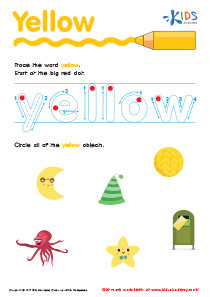Handwriting Skills Normal English for Beginners Worksheets for Ages 4-6
5 filtered results
-
From - To
Our "Handwriting Skills Normal English for Beginners Worksheets for Ages 4-6" are designed to help young learners master the art of writing. These worksheets provide engaging, easy-to-follow exercises that focus on letter formation, strokes, and technique. Perfect for early childhood development, they encourage proper handwriting habits, promote fine motor skills, and build a strong foundation in literacy. Each worksheet is thoughtfully crafted to keep young minds engaged while making learning fun. Ideal for preschoolers and kindergarteners, our worksheets set the stage for academic success in an enjoyable and interactive way. Explore our collection now!
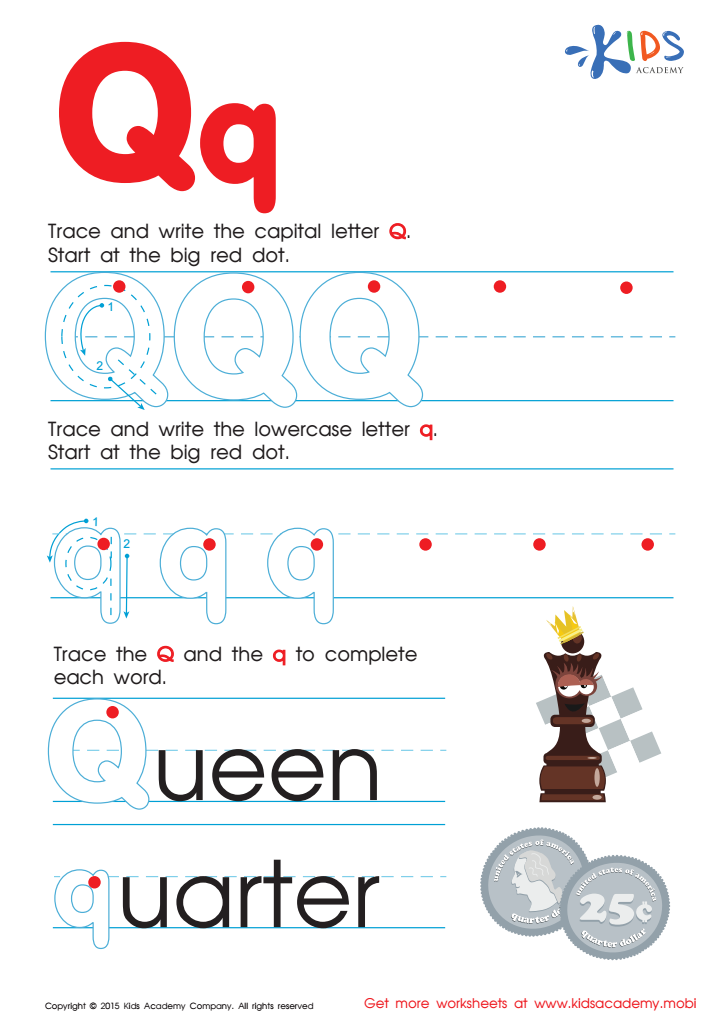

Letter Q Tracing Page
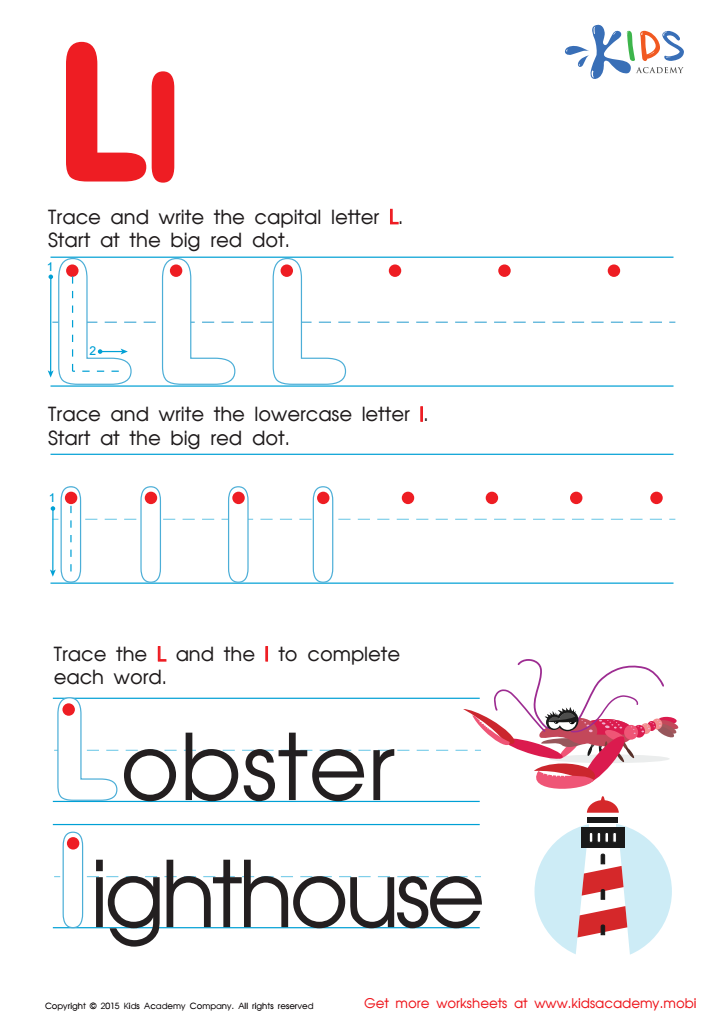

Letter L Tracing Page
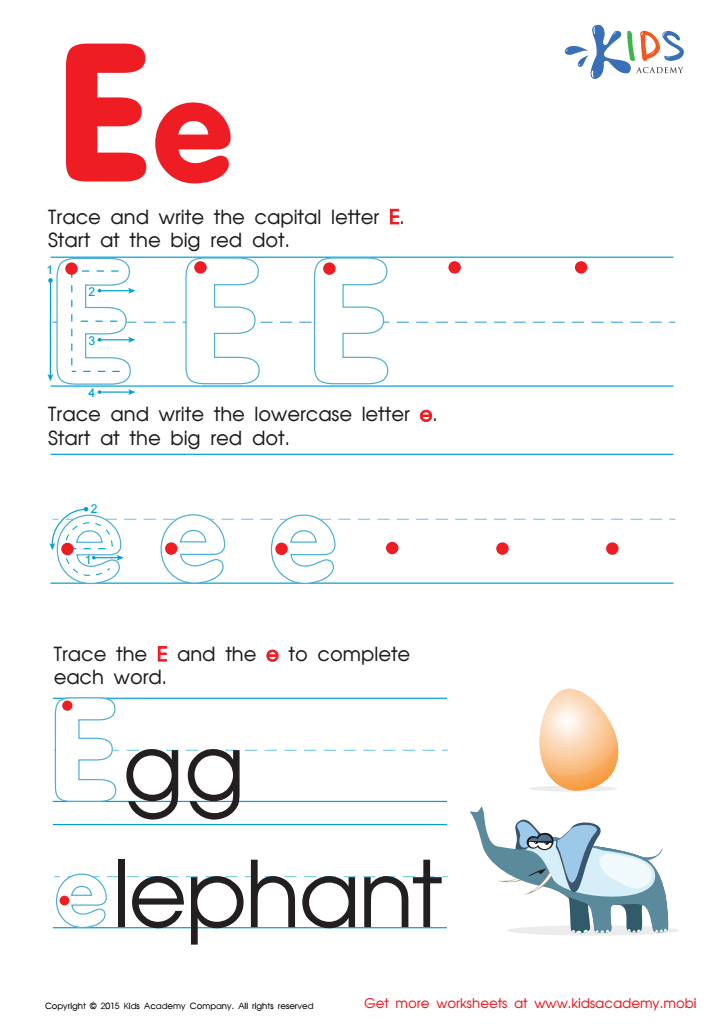

Letter E Tracing Page
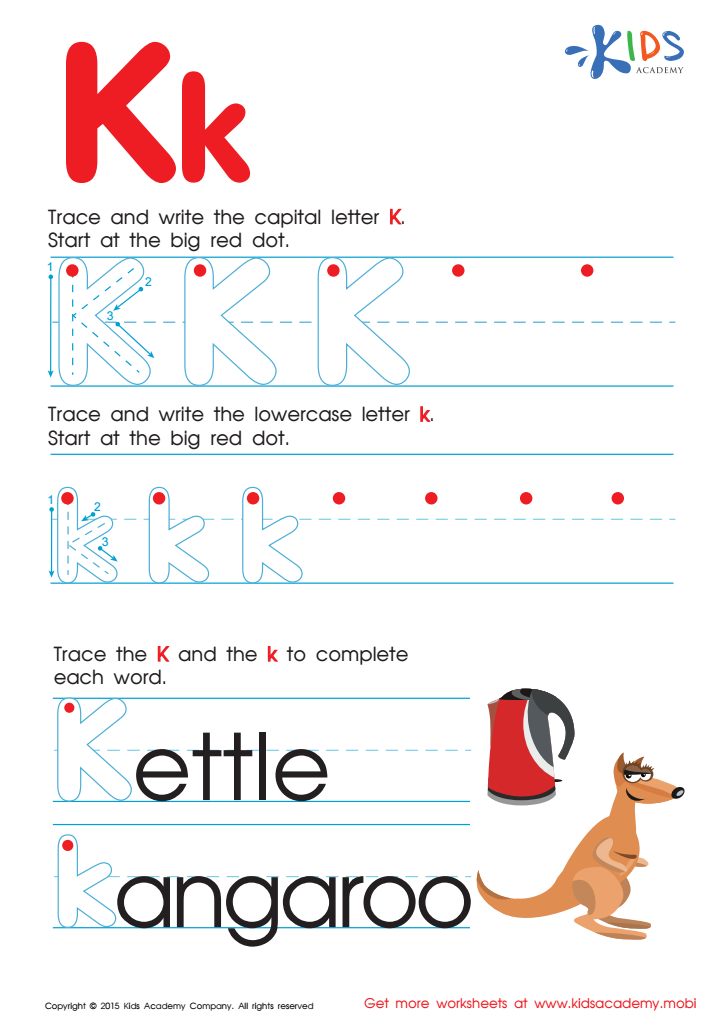

Letter K Tracing Page


Letter F Tracing Page
Handwriting skills are crucial for children aged 4-6 as they form the foundation of effective communication and academic success. During these formative years, developing good handwriting helps in multiple ways:
-
Fine Motor Skills: Writing strengthens children’s fine motor skills, which are essential for various tasks such as buttoning clothes or tying shoes. These skills contribute to overall dexterity and coordination.
-
Cognitive Development: Learning to write involves mental processes such as planning, organizing, and executing movements. This promotes cognitive growth and sharper attention to detail.
-
Reading Connection: Handwriting practice is closely linked with reading skills. As children form letters, they recognize patterns and improve their ability to read, enhancing literacy.
-
Academic Performance: Clear, confident handwriting contributes to better performance in school. It allows children to express their ideas without being hindered by illegibility, leading to more effective learning.
-
Self-Esteem: Mastery of handwriting can boost a child’s confidence. Completing writing tasks successfully fosters a sense of achievement and independence.
Caring about handwriting skills at this young age, therefore, supports overall developmental milestones, preparing children for higher academic challenges and a lifetime of effective communication. Parents and teachers can make this learning process engaging through fun and interactive activities, nurturing a positive and supportive environment.
 Assign to My Students
Assign to My Students






